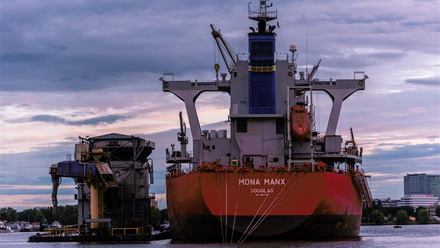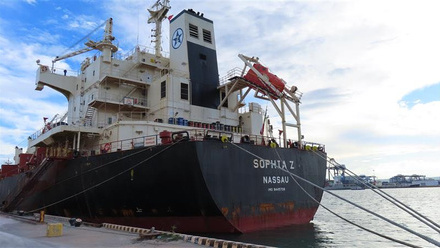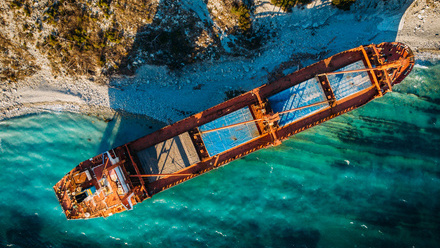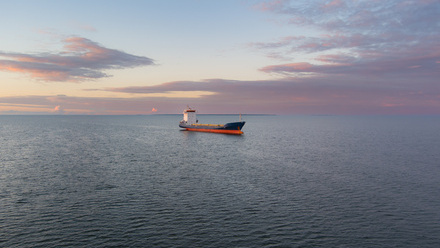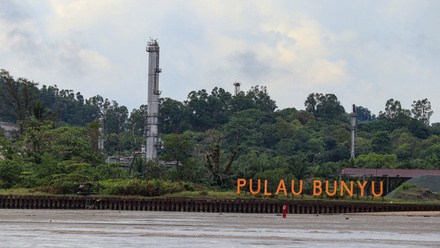UK’s workboats grappling with safety requirements
Safety management for small vessels at heart of Maritime and Coastguard Agency Workboat Code Edition 3.
A new phase in the MCA code, which governs vessels up to 24 metres operating commercially, mandates comprehensive safety management systems (SMS) for every vessel, regardless of size or use.
The code consolidates what was previously a fragmented regulatory landscape. Vessels could previously achieve compliance through multiple pathways: the standalone Brown Code, equivalent standards within MGN 280(M)'s technical annex, or Workboat Code Edition 2.
All existing vessels operating under these various frameworks have until their next renewal examination or December 2026 - whichever comes later - to comply with the unified Workboat 3 requirements.
The safety management system
At the heart of Workboat Code 3 lies Annex 8, which mandates that workboats implement a comprehensive SMS. Designed to meet the requirements of the IMO’s International Safety Management Code, this system includes a safety and environmental protection policy, defined crew responsibilities, risk assessments, accident reporting, and emergency preparedness procedures. Operators must also ensure ongoing training, maintenance, and regular reviews.
The SMS requires operators to develop detailed procedures covering everything from pre-voyage equipment testing and navigation to emergency towing and stability management. All personnel must receive training covering emergency drills, man overboard recovery, survival craft operations, evacuation procedures, lifejacket use, and firefighting equipment handling.
While designed to be “proportionate" to vessel size and operations, the requirements apply equally to all vessels. As Tom Keeling, Chair of the IMarEST’s Small Ships Special Interest Group, notes, this means even a five-metre open rib workboat must develop formal fire safety plans, despite carrying only a single fire extinguisher and having a single and obvious exit point.
Invariably, the SMS will affect some who use workboats more than others, with larger companies with established administrative infrastructure potentially finding compliance easier than for small operators.
"Anything like this, where there's an administrative and action burden, probably comes easier to a bigger company that's already got the back office and organisation structure with people in dedicated roles," Keeling says.
“This also impacts sport and pleasure vessels which have a light duty workboat endorsement. This - together with the training, radar, E-charts and enhanced survey and certification costs - will significantly impact these often small and economically fragile businesses."
The introduction of Workboat Code 3 was marked by significant industry unrest during what Keeling describes as “a pretty disappointing consultation period”.
“A lot of people got involved in the consultation with the MCA and essentially disagreed with the MCA about the direction it was going,” explains Keeling. Disputes centred on the MCA’s plan to apply the regulations retrospectively to all boats, and its severe underestimation of compliance costs for operators.
Support for stronger safety
Despite initial resistance, there is broad recognition of the benefits that a formalised safety framework can bring.
“Everybody thinks it's great to have welfare guidelines and formalised frameworks because we all acknowledged that some of the areas it's trying to deal with have in the past been lacking,” says Keeling, highlighting crew welfare and equipment maintenance.
"You can see from MAIB (Marine Accident Investigation Branch) and other accident reports where someone has been injured or worse, that lack of/faulty, or crew unfamiliarity with essential lifesaving appliances (e.g. life jackets or flares) are [sometimes] the causal root."
The code also accounts for technological changes, covering remotely operated uncrewed vessels and alternative fuel systems. "Some of these boats now are very complex machines as we move to hybrid technology," Keeling concludes. "It's important that the people are properly briefed and have the right frameworks to work to."
Tell us what you think about this article by joining the discussion on IMarEST Connect.
Discover more about the Small Ships Special Interest Group.
Image: workboat Bulldog crossing Portsmouth harbour. Credit: Shutterstock.

